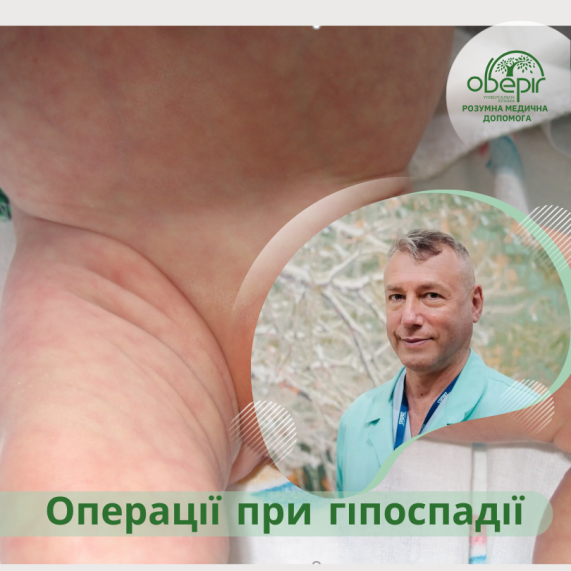Operations for hypospadia — a congenital defect of the genitourinary system in boys
22 January 2025


22 January 2025


Hypospadia is a common malformation of the genitourinary system in boys, second only to cryptorchidism in frequency. Hypospadias occurs in approximately 1 case per 300-400 newborn boys.
Causes of hypospadias may include pregnancy pathology with impaired androgenic stimulation of the development of the fetal penis, delayed development of the hypothalamic-pituitary system of the child, use of progestin-like drugs by a pregnant woman, as well as genetic factors.
Hypospadias is characterized by an underdeveloped foreskin, a split glans penis and urethral site, and an atypical urethral outlet (not on the glans penis, but anywhere along the shaft, in the scrotum, etc.).
Treatment of hypospadias is exclusively surgical, however, the surgical tactics are determined not by the location of the urethral opening (meatus), but by the anatomy of the adjacent tissues, since plastic surgery of the organ is envisaged.
The surgical correction option depends on the severity of the hypospadias form and consists of 2 steps:
1. correction of the curvature;
2. urethroplasty.
When is it better to carry out surgical intervention for the correction of hypospadia?
Surgical treatment is optimally carried out between the 1st and 3rd years of life in view of the following factors:
What rehabilitation and care for penis after surgery?
In the postoperative period, antibacterial therapy and adequate analgesia are carried out, a compression bandage with antiseptic creams/ointments, a special Coban bandage is used to prevent swelling and maintain the shape of the penis, which provides hemostatic effect and protects against fecal contamination. The child's parents are given recommendations on the location of urinary drains and hygienic care.
What are the possible complications after hypospadia surgery?
From 5 to 20% of patients need repeated corrections to eliminate negative results, and in the clinic " Oberig" we we perform interventions in patients after one or more unsuccessful attempts at surgical correction carried out in other medical institutions. Nevertheless, we advise you to carefully choose a medical institution and doctors with experience in successful surgical interventions, because it is better to get a good aesthetic and functional result the first time.
